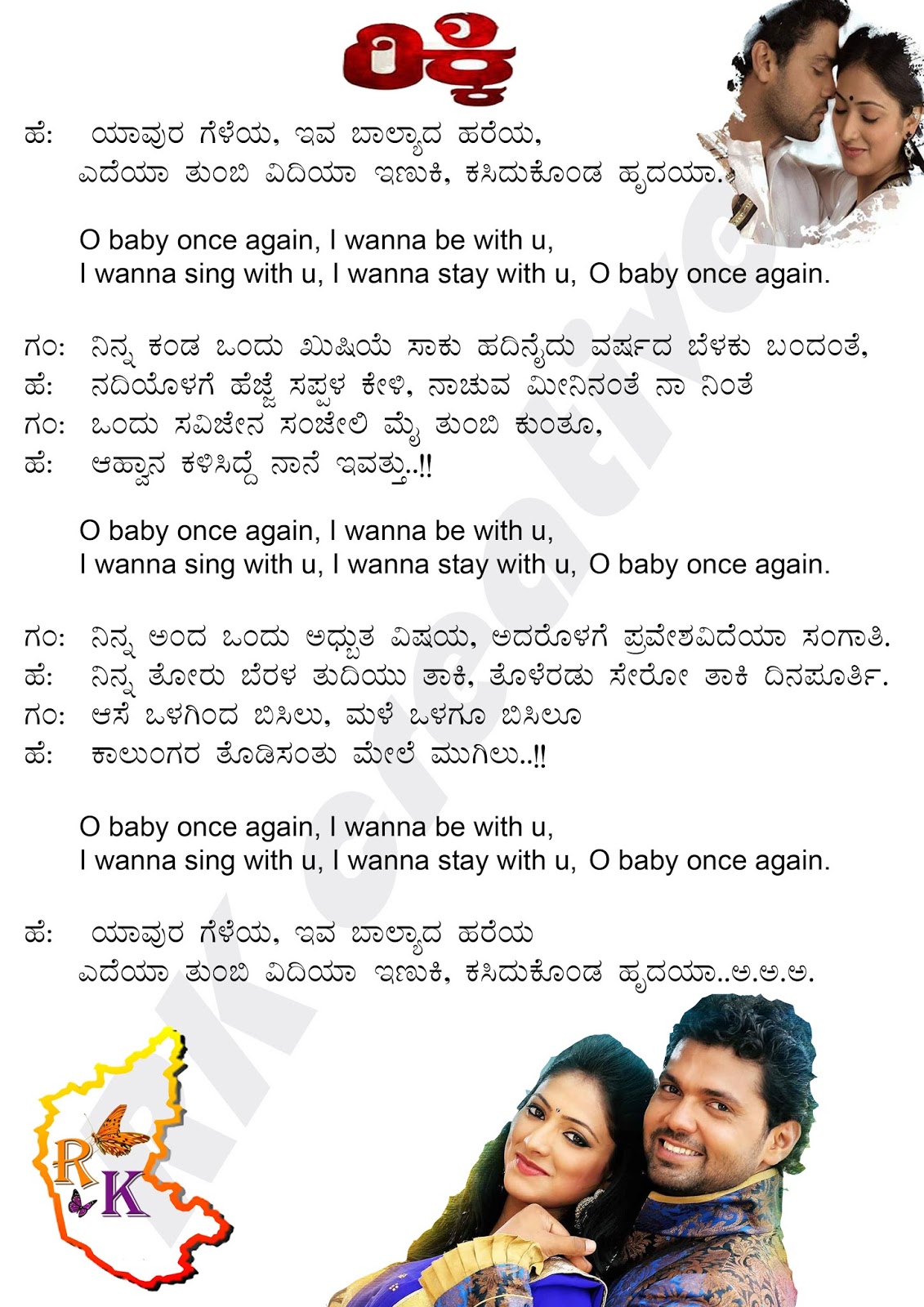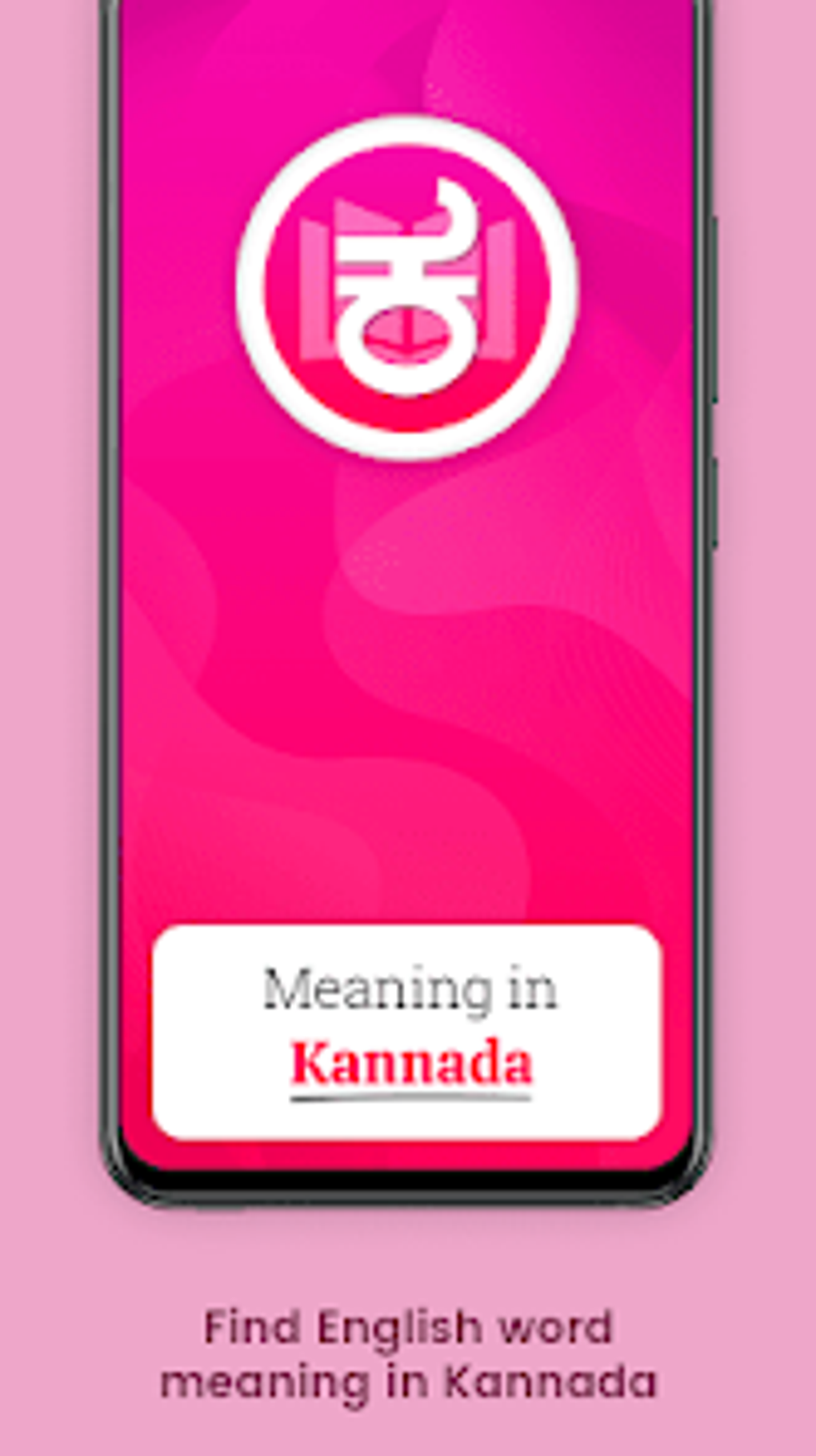Kannada, one of the oldest and most vibrant languages in India, has a history that stretches back over 2,500 years. Spoken predominantly in Karnataka, it is a Dravidian language that has evolved through centuries, enriching the cultural and literary landscape of the region. With over 43 million native speakers, Kannada has not only survived but thrived, adapting to modern influences while retaining its traditional essence. This article delves into the intricacies of the Kannada language, its cultural significance, and its contributions to art, literature, and cinema.
Kannada is more than just a language; it is a symbol of identity for the people of Karnataka. From its classical status recognized by the Government of India to its modern-day adaptations in technology and media, Kannada continues to play a pivotal role in shaping the socio-cultural fabric of the region. Its script, grammar, and vocabulary are unique, making it a fascinating subject for linguists and enthusiasts alike. Whether you're a native speaker or someone curious about this ancient tongue, Kannada offers a treasure trove of knowledge and inspiration.
In today’s globalized world, Kannada stands as a testament to the resilience of regional languages. Despite the dominance of English and other global languages, Kannada has carved a niche for itself in literature, cinema, and digital platforms. From classical poetry to modern-day films, Kannada has consistently showcased its versatility and relevance. This article will explore the various facets of Kannada, shedding light on its historical roots, cultural significance, and its evolving role in the modern era.
Read also:Timeless Harmony The Eagles Band Members Ages And Legacy
Table of Contents
- What Makes Kannada a Classical Language?
- The Evolution of Kannada Language and Script
- Kannada in Literature and Poetry
- How Has Kannada Cinema Evolved Over the Years?
- Kannada in the Digital Age
- Why Is Kannada Important for Cultural Identity?
- Celebrating Kannada Heritage Through Festivals and Traditions
- Frequently Asked Questions About Kannada
What Makes Kannada a Classical Language?
Kannada was declared a classical language of India in 2008, joining the ranks of Sanskrit, Tamil, and Telugu. But what exactly qualifies a language for this prestigious status? A classical language must have a recorded history of over 1,500 years, a rich body of ancient literature, and an original literary tradition that is distinct from other languages. Kannada meets all these criteria with flying colors.
The Historical Roots of Kannada
The earliest evidence of Kannada dates back to the Ashoka period (circa 230 BCE), with inscriptions found in the Brahmagiri hills of Karnataka. Over the centuries, Kannada evolved through various stages, including the Old Kannada, Middle Kannada, and Modern Kannada phases. Each phase contributed to the language's rich vocabulary and grammatical structure.
Influence of Sanskrit and Dravidian Roots
Kannada's vocabulary and grammar have been influenced by Sanskrit, but it retains its Dravidian roots. This unique blend has resulted in a language that is both ancient and adaptable. For instance, Kannada literature includes works like Kavirajamarga, written in the 9th century, which is considered a cornerstone of Kannada literary tradition.
The Evolution of Kannada Language and Script
The Kannada script, derived from the Brahmi script, has undergone significant changes over the centuries. From the Kadamba script to the modern-day script used in digital platforms, Kannada has shown remarkable adaptability.
How Did the Kannada Script Evolve?
The evolution of the Kannada script can be traced through inscriptions, manuscripts, and printed materials. The Kadamba dynasty played a crucial role in standardizing the script, which was later refined during the reign of the Chalukyas and Hoysalas. The script's adaptability is evident in its use in modern technology, including smartphones and computers.
Key Features of the Kannada Script
- It consists of 49 letters, including vowels and consonants.
- The script is written from left to right.
- It has unique conjunct characters that represent combined sounds.
Kannada in Literature and Poetry
Kannada literature is a vibrant tapestry of poetry, prose, and drama. From the Vachana literature of the 12th century to modern-day novels, Kannada has consistently produced works of literary excellence.
Read also:Unraveling The Fate Of Albert From Little House On The Prairie
What Are Some Notable Works in Kannada Literature?
One of the earliest works in Kannada literature is Kavirajamarga, a treatise on poetics. Other notable works include Pampa's "Adipurana" and "Vikramarjuna Vijaya," which are considered masterpieces of Kannada literature. The Vachana movement, led by Basavanna, brought a revolutionary change in Kannada poetry, emphasizing social reform and spiritual enlightenment.
Modern Kannada Literature
In the 20th century, Kannada literature saw a resurgence with writers like Kuvempu, D.R. Bendre, and Shivaram Karanth. Their works explored themes of identity, modernity, and social change, earning them national and international acclaim.
How Has Kannada Cinema Evolved Over the Years?
Kannada cinema, also known as Sandalwood, has a rich history that dates back to the early 20th century. From black-and-white silent films to modern-day blockbusters, Kannada cinema has come a long way.
The Golden Era of Kannada Cinema
The 1950s and 1960s are often referred to as the golden era of Kannada cinema. Films like "Bedara Kannappa" and "Bangarada Manushya" became iconic, showcasing the talent of actors like Dr. Rajkumar and Vishnuvardhan. These films combined traditional storytelling with innovative filmmaking techniques.
Modern-Day Kannada Cinema
Today, Kannada cinema is thriving, with filmmakers like Upendra, Yogaraj Bhat, and Pawan Kumar pushing the boundaries of storytelling. The industry has also embraced digital platforms, making Kannada films accessible to a global audience.
Kannada in the Digital Age
The digital revolution has brought Kannada into the limelight, with increased representation in social media, websites, and mobile apps. Kannada speakers are now able to access content in their language like never before.
How Is Kannada Adapting to Technology?
From Kannada keyboards to voice recognition software, technology has made it easier for people to use Kannada in their daily lives. Platforms like YouTube and Netflix have also started offering content in Kannada, further promoting the language.
Kannada on Social Media
Kannada has a strong presence on social media platforms like Facebook, Instagram, and Twitter. Hashtags like #KannadaPride and #KannadaHeritage are frequently used to celebrate the language and its culture.
Why Is Kannada Important for Cultural Identity?
Language is a key component of cultural identity, and Kannada is no exception. For the people of Karnataka, Kannada is a source of pride and a symbol of their heritage.
How Does Kannada Shape Cultural Identity?
Kannada influences various aspects of life in Karnataka, from festivals to cuisine. It is the medium of instruction in schools, the language of government, and a vital part of daily communication. By preserving Kannada, the people of Karnataka are ensuring that their cultural heritage is passed down to future generations.
Kannada and Regional Pride
Kannada is more than just a language; it is a unifying force that brings people together. Events like Kannada Rajyotsava celebrate the language and its contributions to the region's identity.
Celebrating Kannada Heritage Through Festivals and Traditions
Karnataka is home to a variety of festivals and traditions that celebrate the richness of Kannada culture. From Ugadi to Dasara, these festivals are a testament to the region's vibrant heritage.
What Are Some Popular Kannada Festivals?
Ugadi, the Kannada New Year, is celebrated with great enthusiasm, marking the beginning of a new agricultural cycle. Dasara, a 10-day festival held in Mysuru, is another highlight, showcasing the region's royal heritage.
Traditional Kannada Cuisine
Karnataka's cuisine, like its language, is diverse and flavorful. Dishes like Bisi Bele Bath, Mysore Pak, and Neer Dosa are popular not only in Karnataka but across India.
Frequently Asked Questions About Kannada
Is Kannada Difficult to Learn?
While Kannada has a unique script and grammar, it is not inherently difficult to learn. With dedication and the right resources, anyone can master the language.
What Are Some Popular Kannada Songs?
Kannada music is diverse, ranging from classical compositions to modern film songs. Artists like C. Ashwath and Raju Anantharam have made significant contributions to Kannada music.
How Can I Learn Kannada Online?
There are several online platforms and apps, such as Duolingo and Kannada Baruthe, that offer courses in Kannada. Additionally, YouTube channels provide free tutorials for beginners.
In conclusion, Kannada is a language that embodies the spirit of Karnataka. Its rich history, vibrant culture, and adaptability make it a fascinating subject of study. By celebrating Kannada, we not only honor a language but also preserve a way of life that has endured for centuries. Whether you're a native speaker or a curious learner, Kannada has something to offer everyone.
External Link: For more information on Kannada, visit Wikipedia's Kannada Language Page.

